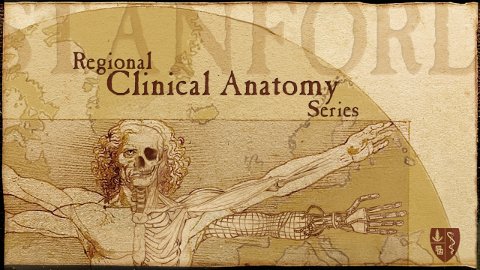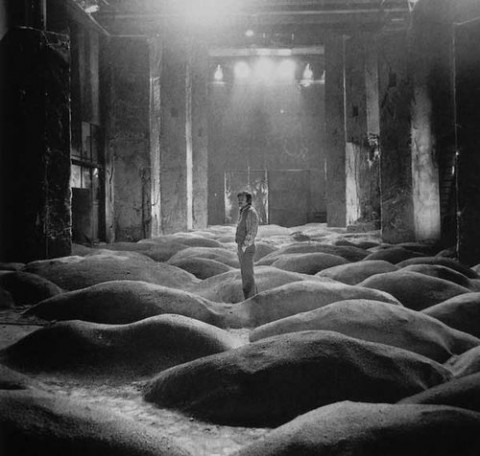Infinity. It’s a puzzling concept. Is it real, or a mathematical fiction?
Aristotle believed infinity could only be potential, never actual. To speak of an actual infinity, he argued, is to fall into logical contradiction: “The infinite turns out to be the contrary of what it is said to be,” Aristotle wrote in the Physics. “It is not what has nothing outside it that is infinite, but what always has something outside it.”
Aristotle’s logic rested on common sense: the belief that the whole is always greater than the part. But in the late 19th Century, Georg Cantor and Richard Dedekind turned common sense upside down by demonstrating that the part can be equal to the whole. Cantor went on to show that there are many orders of infinity–indeed, an infinity of infinities.
But what relation does the Platonic realm of pure mathematics have to the physical world? Physics is an empirical science, but that hasn’t stopped theorists from imagining the mind-boggling consequences of an infinite universe. To Infinity and Beyond, a one-hour BBC Horizon special featuring interviews with leading mathematicians and physicists, is an entertaining exploration of a subject which, by definition, you won’t be able to wrap your mind around.
Related Content:
Dangerous Knowledge: 4 Brilliant Mathematicians & Their Drift to Insanity
Futurist Arthur C. Clarke on Mandelbrot’s Fractals
Mathematics in Movies: Harvard Prof Curates 150+ Scenes



